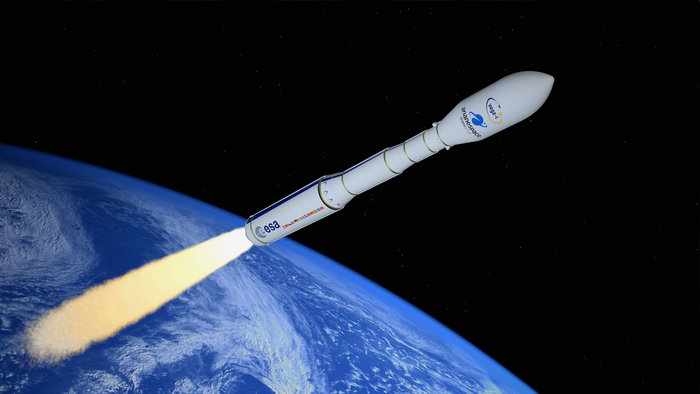The costs of delaying a rocket launch are enormous and extreme space weather,
as well as terrestrial weather, can necessitate a stand down. Adverse
space environment conditions can further complicate critical operations such
as separation and orbit insertion, and disrupt real-time communications between
the ground and space segments.
Launch Operation Background
Launch Operations are regularly impacted by terrestrial weather conditions and consequently the financial and logistical impacts of postponing a launch are well understood.
Those operators who are contracted to provide a public or commercial service will need to ensure that their infrastructure is able to provide the continuity of service agreed in advance with their customers. As such, launch delays may significantly impact their long term planning and ability to meet these agreements.
A launch delay for a scientific mission such as an interplanetary probe or deep-space comet chaser can also lead to significant logistical problems, since the viable launch windows are few and far between, and in extreme cases will genuinely be one-off opportunities.
High energy radiation is the prime Space Weather hazard faced during the launch procedure. All but the lowest-orbiting payloads will need to pass through regions of trapped radiation and so must be engineered adequately. However, energetic solar ions and protons pose a significant single event upset (SEU) threat to sensitive and complex electronics systems. The risk is highest during solar energetic particle (SEP) events, so for a given launch there must be a clearly-defined threshold beyond which the launch may not be considered. In addition to the nowcasting and forecasting of SEP events, the likely energetic radiation profile for a given launch trajectory and its potential effects on both launcher and payload will need to be assessed.
Other potential effects covered by the ESA SWE segment include potential risks from microparticle impacts and ionospheric effects on communications systems. Operators will also require information on atmospheric drag which is affected by current Space Weather conditions.
 Artist's view of Vega-C (
Artist's view of Vega-C (